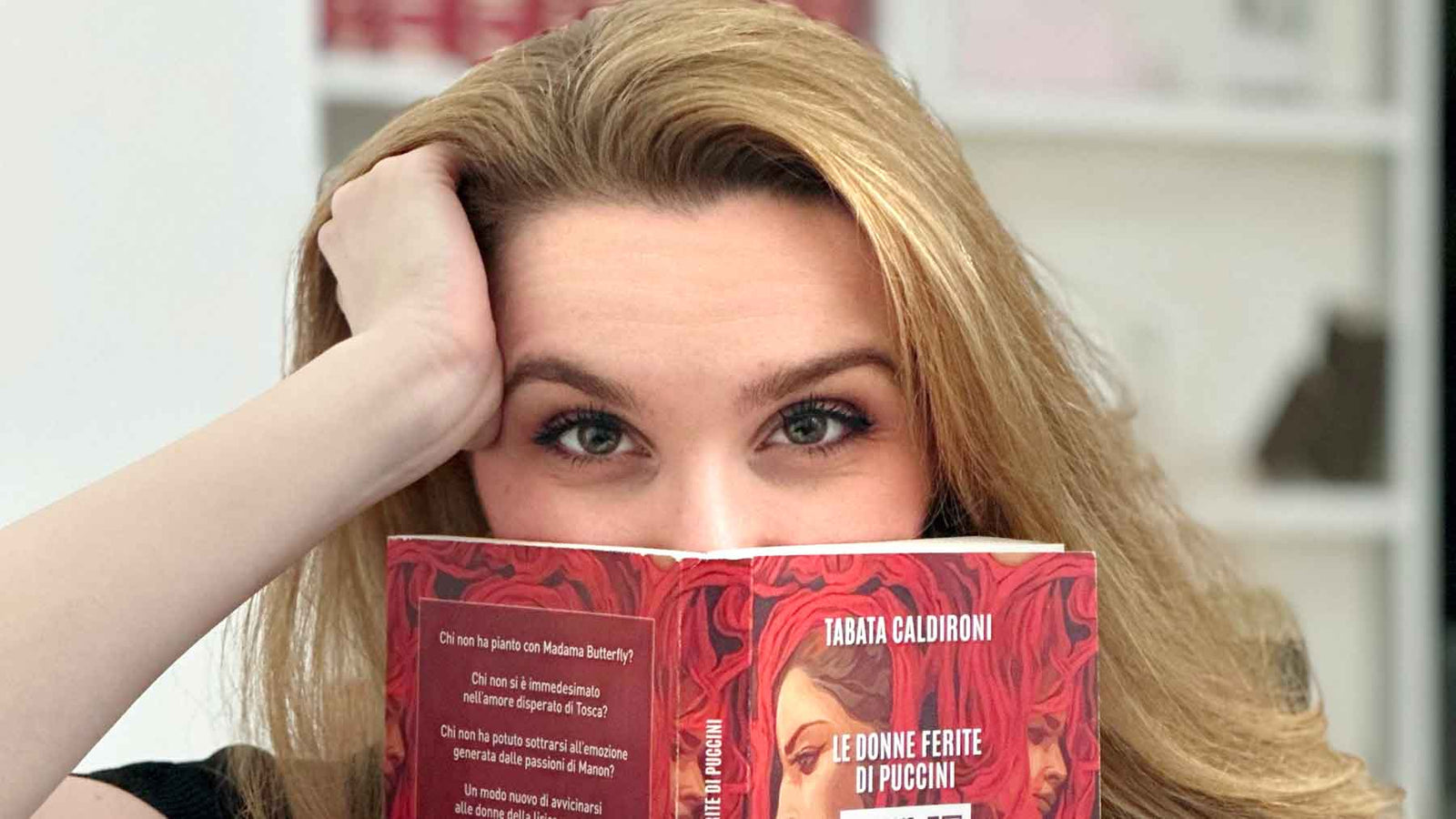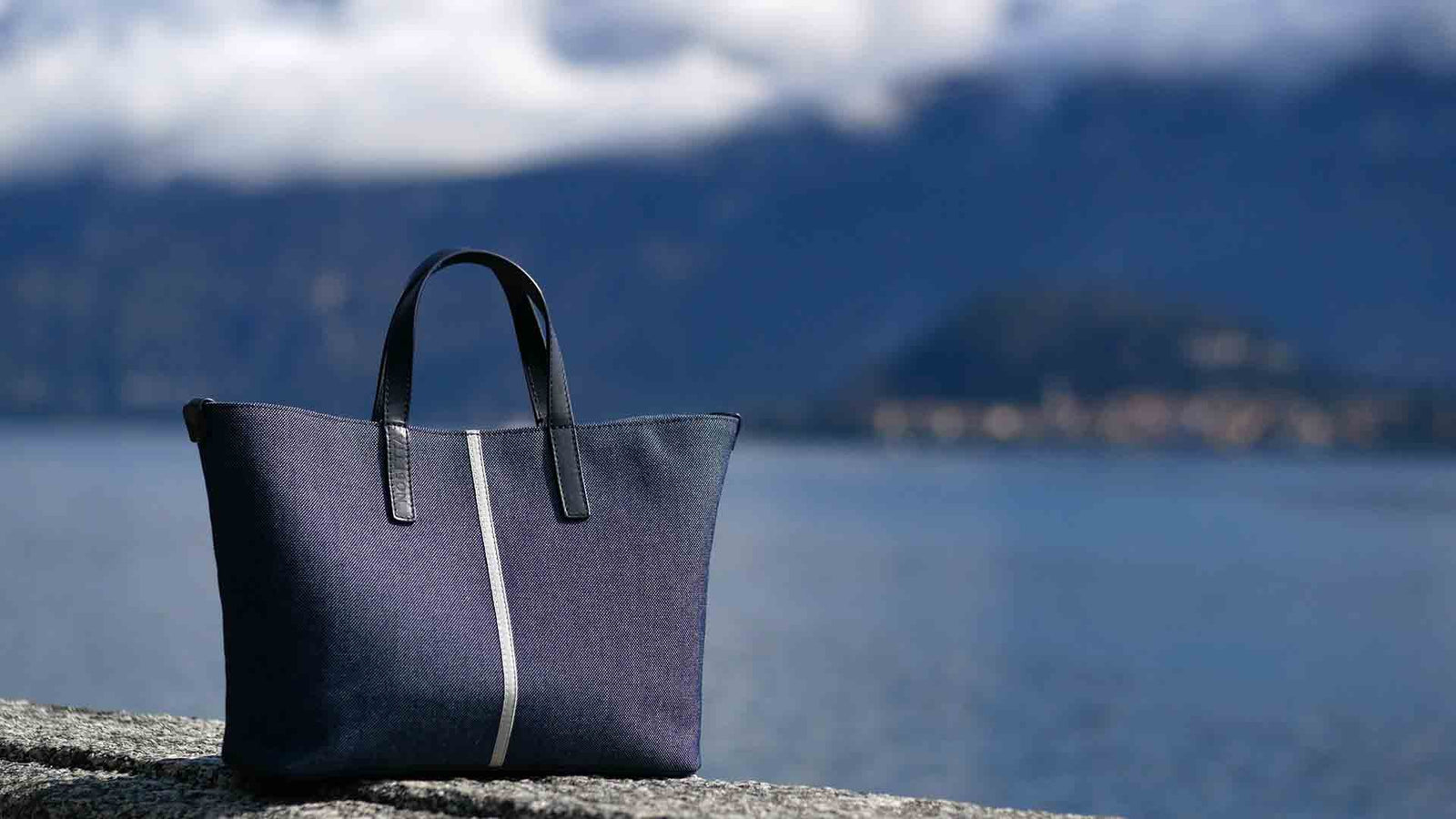Il tuo carrello è vuoto
Una Offerta Speciale: 20% di sconto su tutto il sito + consegna gratuita negli Stati Uniti e dazi doganali fino al 30 novembre
We had the pleasure of meeting Tabata Caldironi, a former La Scala dancer who now also stands out as a writer and performer. The occasion was the publication of her book Puccini's Wounded Women, a work that impressed us with its ability to explore the female figure through the heroines of the composer's operas. We are particularly interested in this issue, as Tabata offers a unique perspective on the role of women in art, with an analysis that, while rooted in cultural tradition, invites very timely reflections.
Her reflection on the feminine and her way of telling it, through art and culture, prompted us to want to hear her vision, a vision that enriches the contemporary debate on these issues.

How do you think Puccini's operas have influenced the perception of the feminine over the years?
Puccini's operas, often put the female figure at the center. It is no mystery that Puccini was a great lover of women. Therefore, in addition to beautifully setting his heroines to music, he also put a heavy hand on the librettos. His women have a strong relevance in his narratives in music, are often protagonists rather than comprimarios, and always offer much food for thought that is still relevant today.
What characteristics of Puccini's women can be considered role models for modern women?
Rarely do these girls represent inspirational role models; however, they can be a reminder of how a lack of education leads to social fragility that triggers physical and emotional manipulation.
How do you think art can reflect and influence social changes regarding the role of women?
The function of art is to offer users, multiple perspectives, opening a window into their own and others' emotions. All art forms have a great social role. A viaticum for the maintenance of our feelings, which can only benefit the harmony between male and female.
What is the value of authenticity and tradition in women's storytelling, both in works and in contemporary design?
Authenticity is a synonym for truth. In my opinion an essential element of any narrative. In the arts I think it is what makes the difference between depth and banality. Tradition, on the other hand, is a trait of Italian creativity that benefits a creative process always aimed at uniqueness.
How can passion and creativity connect women to each other?
Passion and creativity, are driving forces that often help women find common ground for connection. Women artists collaborating with each other can be great multipliers of inventiveness.
What is the cultural impact of Puccini's operas on the way we see the female world today?
Puccini was a great innovator, his impact on the world of opera was huge, and his music overwhelms the feelings of those who listen to it even today. His operas are consistently among the most performed in the world. His leading ladies have become immortal because they all have the ability to make those who attend the performance empathize with what is happening on stage.

What key values do you think are fundamental to celebrating and supporting women in contemporary society?
When I think of the women Puccini represented, I see great progress in emancipation in the work and social spheres. Gender equality, however, is still not a reality, and I believe that at this point, the steps that are missing from achieving 'equality should be taken by men. For example, I would like to see male uprisings within companies where there is no equal pay, or in the case of making a man with less merit than a female competitor have a career, or when a woman suffers abuse. Until men want male-female complementarity, we could not call our society: a civilized society.
What is your favorite Nosetta and why?
My favorite Nosetta is the houndstooth one. I saw it in the window in Cernobbio a couple of months ago and was immediately attracted to it because in those days i had bought pillows for the new headquarters of my production company in that pattern and it immediately caught my eye. I am wearing it and I like it very much, however, I must confess that I already have my eye on a different pattern!
Well done Tabata, you are young and talented - we wish you the best for the future and much success in your career!
Alcuni luoghi sul Lago di Como custodiscono gelosamente i propri segreti. Villa La Cassinella, arroccata su una penisola privata vicino a Lenno, è tra i più riservati. Per quanto riguarda il suo proprietario, le ipotesi spaziano da Richard Branson a vari altri nomi, anche se la villa stessa mantiene un silenzio studiato. La chef Alessia ha cucinato qui quest'estate e condivide una ricetta di risotto delle vacanze di quei mesi, che ripercorre il suo viaggio da Como alle cucine Michelin di Copenaghen e ritorno a casa.



